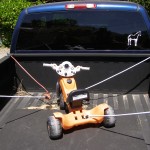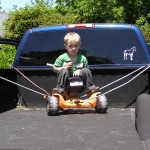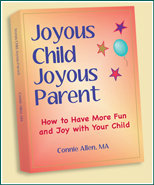I have a new video for you today that has the power to “rock your world” as my friend Isabel likes to say and in a profoundly positive way.
Do you ever feel overwhelmed with all the things you need to pay attention to as a parent?
Do you ever wonder if you are on the right track as a parent or if there is something more your child needs and wants to develop fully, to be happy, self-confident and self-reliant?
Today’s video will help you cut through all the chatter and conflicting parenting ideas out there. This is the parenting question that is intrinsic to all other parenting questions. It underlies all parenting decisions you make.
Enjoy!
Let me know what you think, and if you like this video, please tell others!




 Just a little bit about me -- I'm a coach for parents, visionary guide, insightful trainer, and powerful consultant.
Just a little bit about me -- I'm a coach for parents, visionary guide, insightful trainer, and powerful consultant.